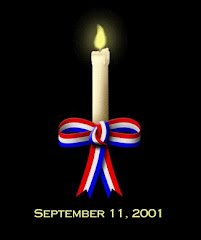When communications break down, isolation takes place. It does not have to be this way...
When there is a major disaster such as we experienced with the regional disaster in Lewis and other counties with the major flooding in our recent past, one thing became the most important aspect of true survival, that was communications both within, and to the outside world.
This is what happened:
Immediately most phone lines in the disaster areas went down county wide. Our region was overloaded with calls that could not go through in or out because of volume and downed lines.
Cell phones were the next thing to go down. They did not work because the towers were not energized, and without power, there was no signal for most of Lewis County, and other counties hit with the severe flooding.
CB radios tended to work only along the outskirts of the flood area, but had little communication value because of the distances between carriers, vehicles and trucks in the flood zones was greater than two to three miles and there were trees and hills between operators.
FRS (hand held) radios worked only for a short time period and only for short distances - mostly in line of sight - then they started failing because they needed recharging, and they went silent.
By the third day mobile ham units and base station ham units were brought in and became the most reliable and the most constant mode of communications. They coordinated with FEMA, the Red Cross, police, fire, ambulances, emergency crews and thousands of volunteers in dispatching people where they were needed and covering outer lying areas of flood damage.
I strongly agree with FEMA with their encouragement of individuals to volunteer to become ham radio operators in each county where you live. I believe the current ham radio license costs $15.
I attended a volunteer class put on for free (they are available everywhere), and bought the new ham book as a study guide to prepare for my exam. I also went on to the Internet and did quite a few practice exams to help me learn the material. Because I was prepared for the exam, the physical test took me about 30 minutes to take and I passed my exam the first go.
Next was to look for a ham radio after I passed the exam. I ended up purchasing a 2meter mobile ham radio from Ham Radio Outlet in Portland, OR, which I mounted in my SUV.
I based my purchase decision on my desire to communicate with the large LDS networks which have been established for disaster preparedness state wide. They are open to anyone desiring to communicate and provide weekly practice check-in's. There are also many other organizations out there that are available.
To learn more about ham radio, go to the American Radio Relay League site at www.arrl.org
or for information on a radio itself, I have found the people at Ham Radio Outlet to be not only polite but nice people to do business with at (800-854-6046 or www.hamradio.com)
Bill
Santaquin Goshen Ready, June 2017
8 years ago


























